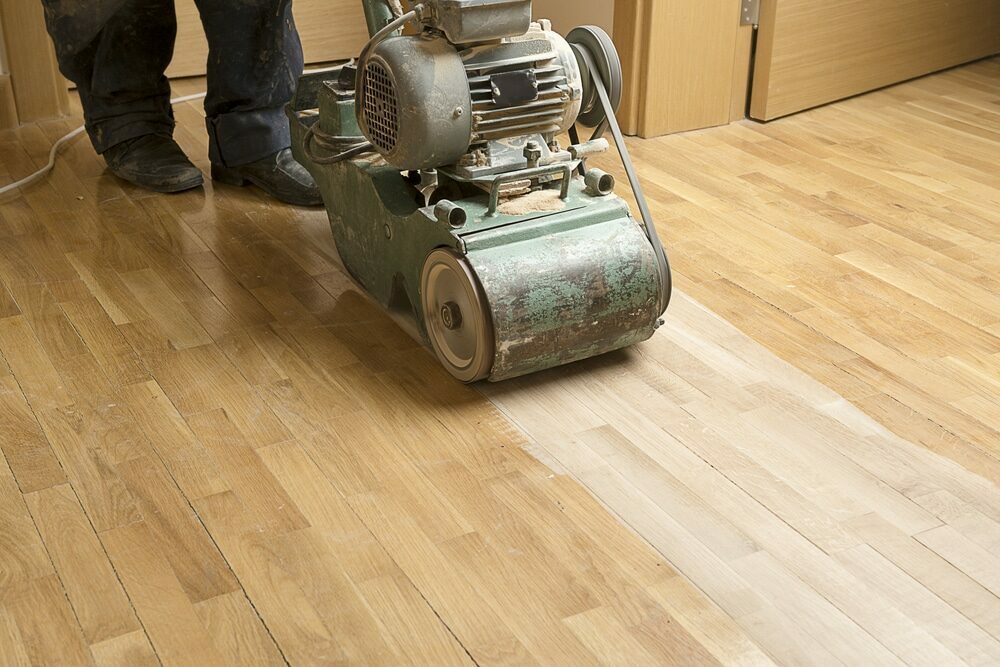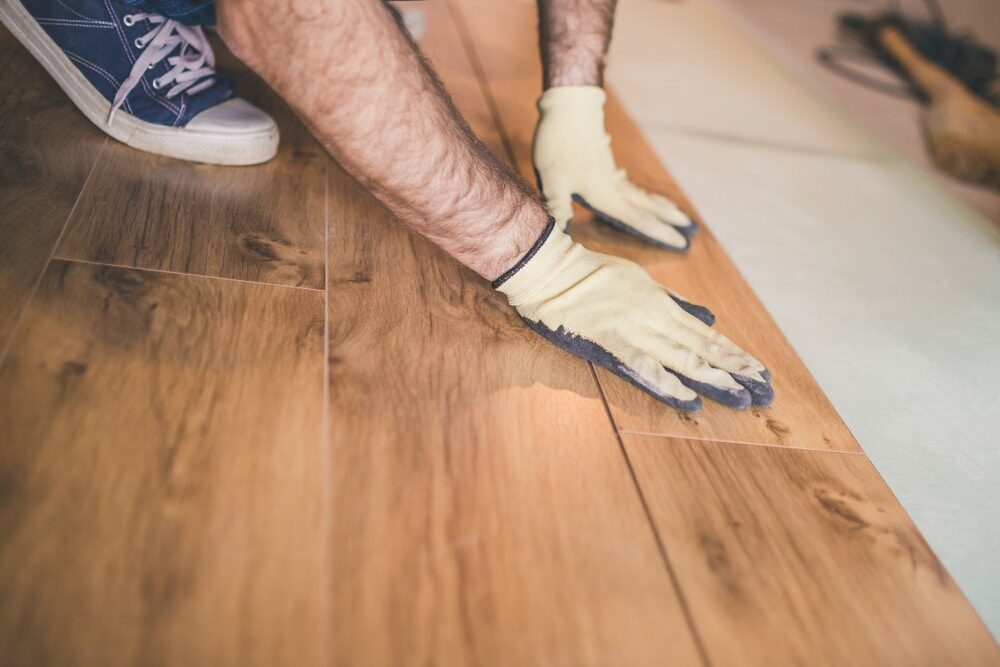London:
Nationwide:
Tips to Prevent Dust When Sanding Wooden Floors – A Comprehensive Guide
Posted on April 27, 2023
Blog
Learn How To Prevent The Dust Spreading When Sanding Wooden Floors
Sanding wooden floors is a necessary task for maintaining the beauty and longevity of your home’s hardwood flooring. However, it can also be a messy and time-consuming process due to the amount of dust generated during the sanding process. This dust can spread throughout your home, causing damage to furniture, electronics, and even your respiratory health. In this comprehensive guide, we’ll explore various ways to prevent the dust from spreading when sanding wooden floors. By following these tips, you can maintain the pristine look of your floors while keeping your home clean and healthy.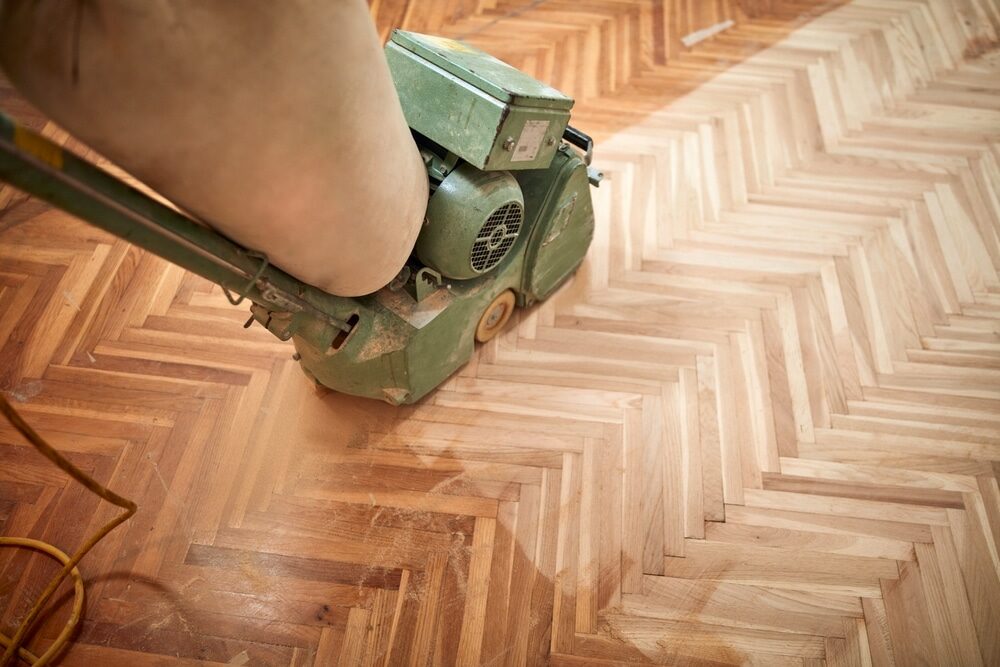
-
Prepare the room.
- Remove all the furniture, curtains, and other items from the room. If possible, cover any built-in shelves or cabinets with plastic sheeting or drop cloths.
- Close all doors and windows to prevent the dust from spreading to other areas of the house. For added protection, use masking tape or plastic sheeting to seal gaps around doors and windows.
- Cover air vents and ducts with plastic sheeting or disposable air filters to prevent dust from entering the HVAC system.
- Lay down drop cloths or plastic sheeting on the floor to protect it from scratches and make cleanup easier.

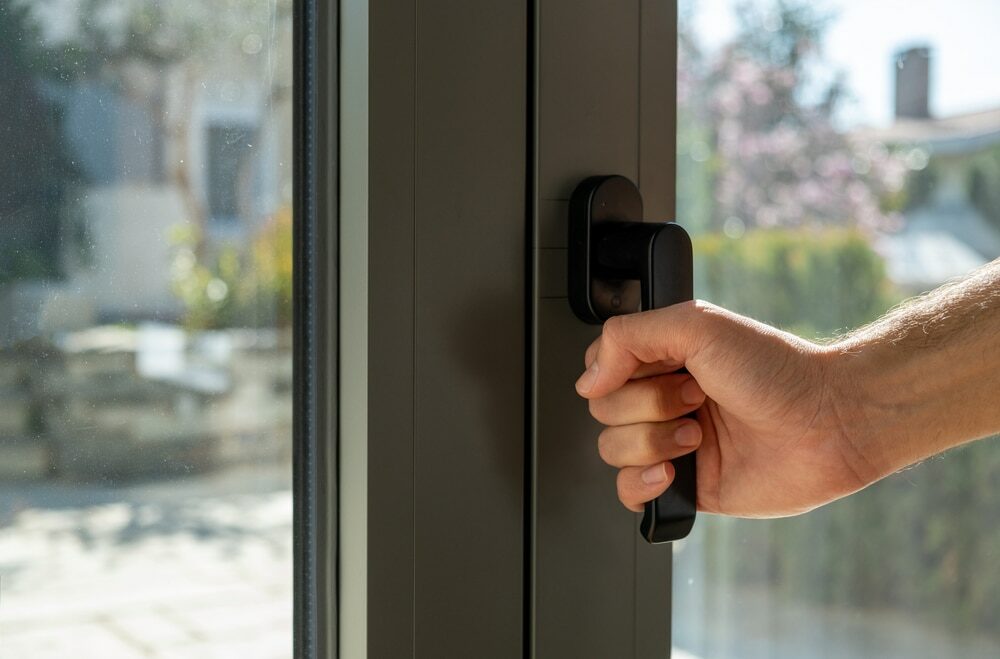
-
Choose the right sanding equipment.
- Dustless sanders: These machines are designed to collect dust while sanding, keeping the air cleaner and reducing the amount of dust that settles on surfaces. Look for models with HEPA filters for maximum efficiency.
- Vacuum attachments: Some sanders have vacuum attachments that connect directly to a shop vacuum, effectively removing dust as you work.
- Edge sanders: These specialised sanders are designed to reach tight corners and edges, reducing the need for manual sanding and the associated dust.
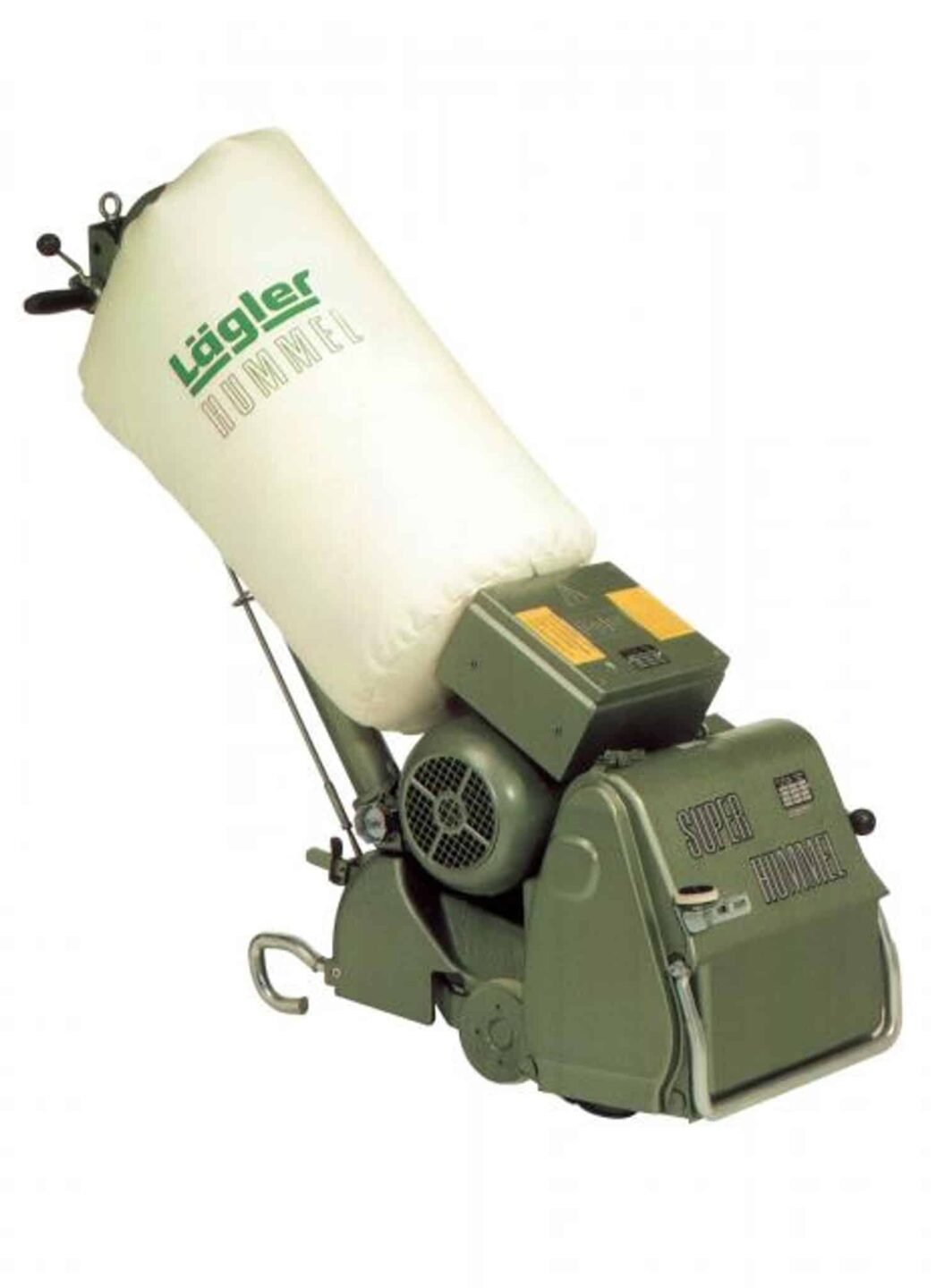
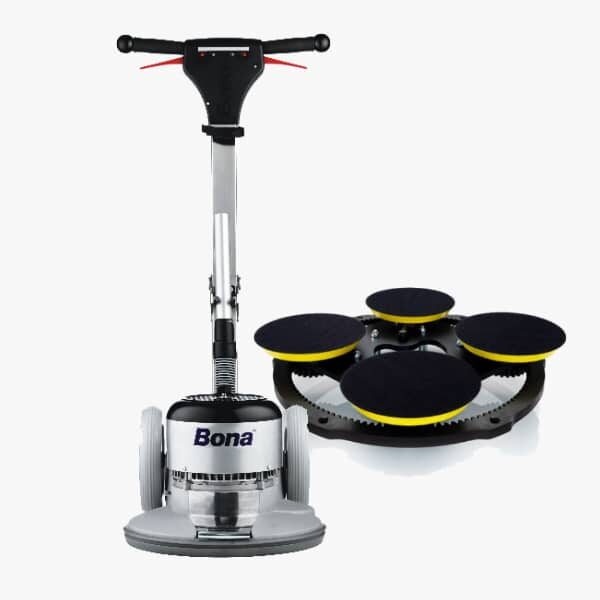
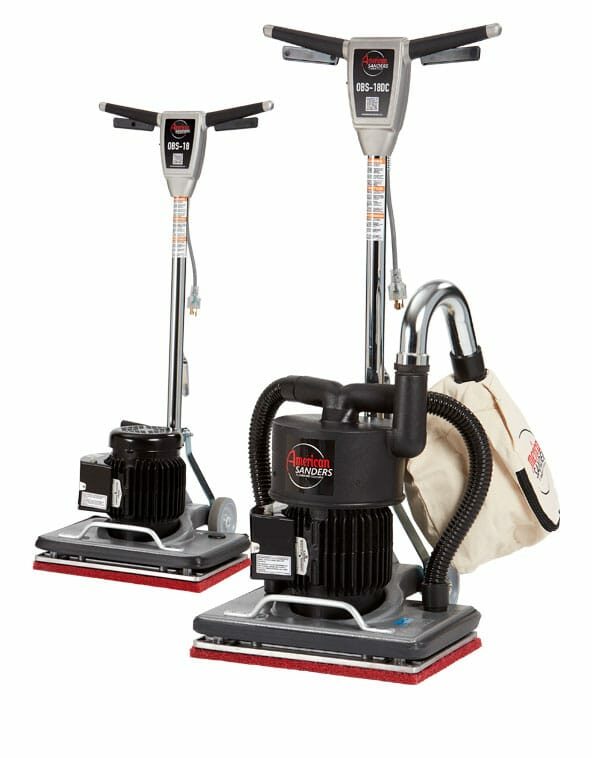
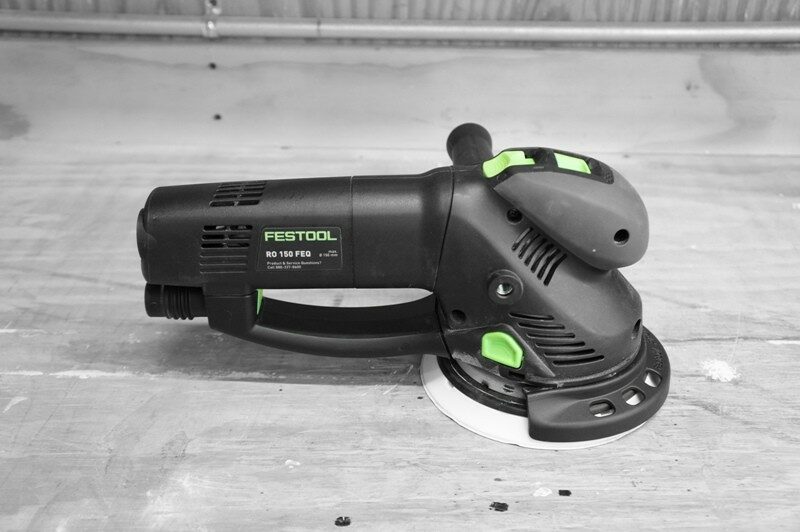
-
Use proper sanding techniques.
- Sand in the direction of the wood grain. This will help to remove old finishes more efficiently and reduce the amount of dust generated.
- Start with coarse-grit sandpaper and gradually move to finer grits. This will help to remove surface imperfections and reduce the amount of dust generated during the sanding process.
- Keep the sander moving. Avoid pressing too hard or lingering in one spot, as this can cause uneven sanding and create more dust.
- Vacuum between sanding stages: Use a vacuum with a HEPA filter to remove dust from the floor and surrounding surfaces between each sanding stage. This will prevent dust from accumulating and becoming airborne again when you continue sanding.

-
Employ dust containment strategies.
- Using an air scrubber: These machines filter the air in the room, capturing dust particles and improving overall air quality. Look for models with HEPA filters for maximum efficiency.
- Setting up plastic sheeting or dust barriers: Erect temporary walls or curtains made of plastic sheeting to contain the dust within the work area. This can be particularly useful in open-concept homes or when sanding multiple rooms at once.
- Installing a dust extraction system: These systems connect directly to your sanding equipment and remove dust as it is generated, keeping the air cleaner and reducing the amount of dust that settles on surfaces.
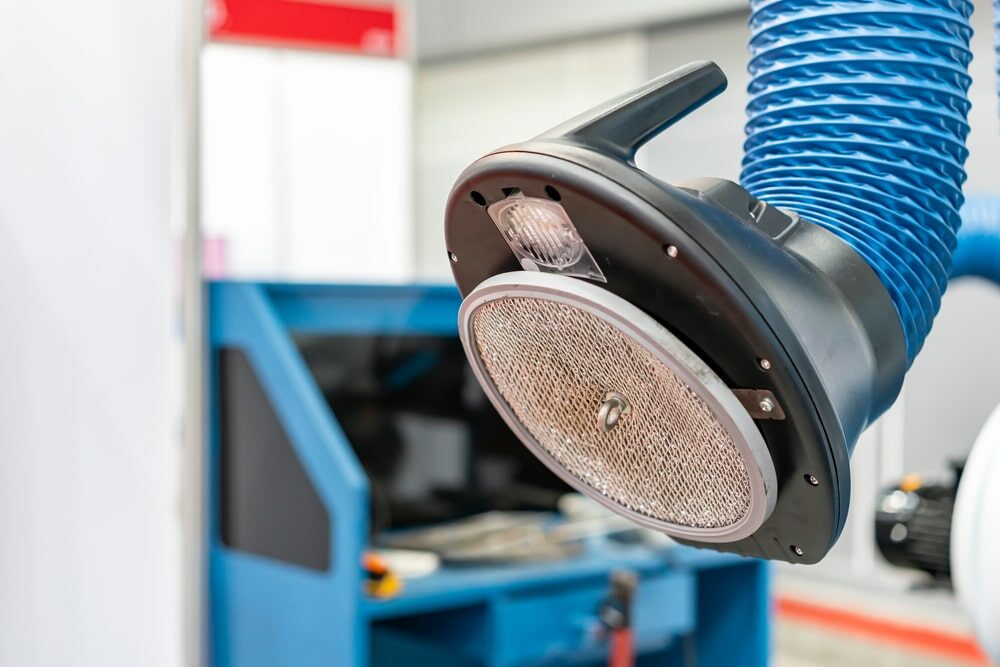 5. Clean up thoroughly.
Once the sanding process is complete, it is crucial to clean up thoroughly to remove any remaining dust. Follow these steps to ensure a dust-free environment:
5. Clean up thoroughly.
Once the sanding process is complete, it is crucial to clean up thoroughly to remove any remaining dust. Follow these steps to ensure a dust-free environment:
- Vacuum the floor: Use a vacuum with a HEPA filter to remove dust from the floor and surrounding surfaces. Be sure to reach into corners, along baseboards, and under any remaining fixtures or built-ins. You may need to vacuum multiple times to remove all the dust.
- Wipe down surfaces: Use a damp microfiber cloth or disposable dusting cloth to wipe down all surfaces in the room, including walls, windowsills, and any remaining fixtures. This will help capture any remaining dust particles.
- Mop the floor: Damp-mop the floor using a microfiber mop or a damp cloth wrapped around a flat mop head. This will help remove any remaining dust and residue from the sanding process.
- Replace air filters: If you covered your air vents and ducts during the sanding process, be sure to replace the disposable filters or remove the plastic sheeting once the room is clean.
- Inspect your HVAC system: If you suspect dust may have entered your HVAC system, consider having it professionally inspected and cleaned to prevent dust from recirculating throughout your home.
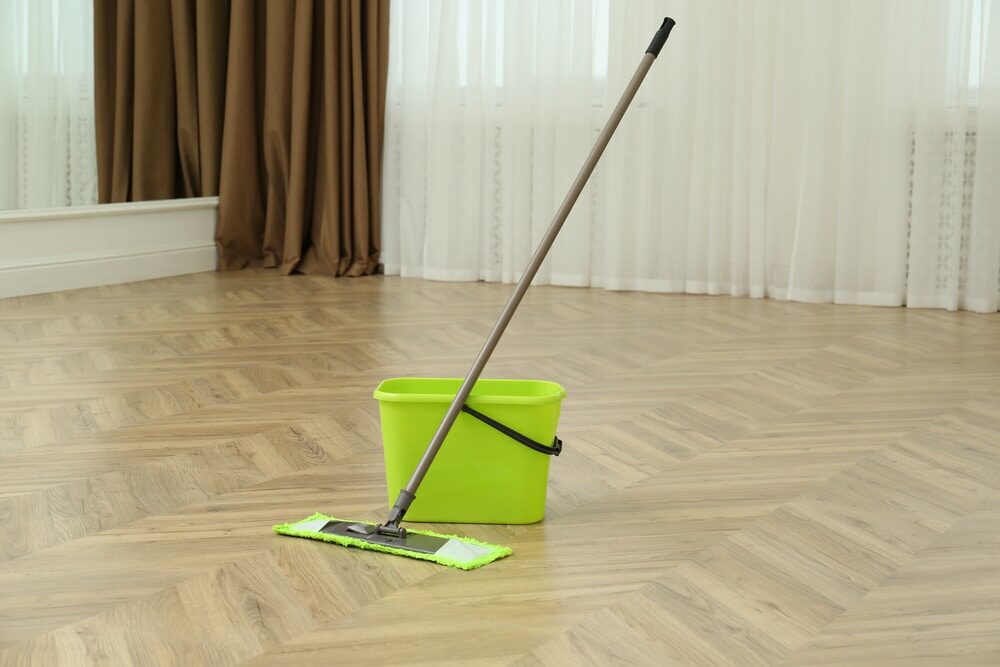
-
Maintain your wooden floors.
- Sweep or vacuum regularly. This will help to remove dirt, dust, and debris that can cause scratches and wear on your wooden floors.
- Use furniture pads: Place felt or rubber pads under furniture legs to prevent scratches and dents.
- Clean up spills promptly. Clean up any spills immediately to prevent water damage and staining.
- Refinish as needed: Over time, wooden floors may require refinishing to maintain their beauty and protect the wood. Follow the manufacturer’s recommendations for refinishing your specific type of flooring.
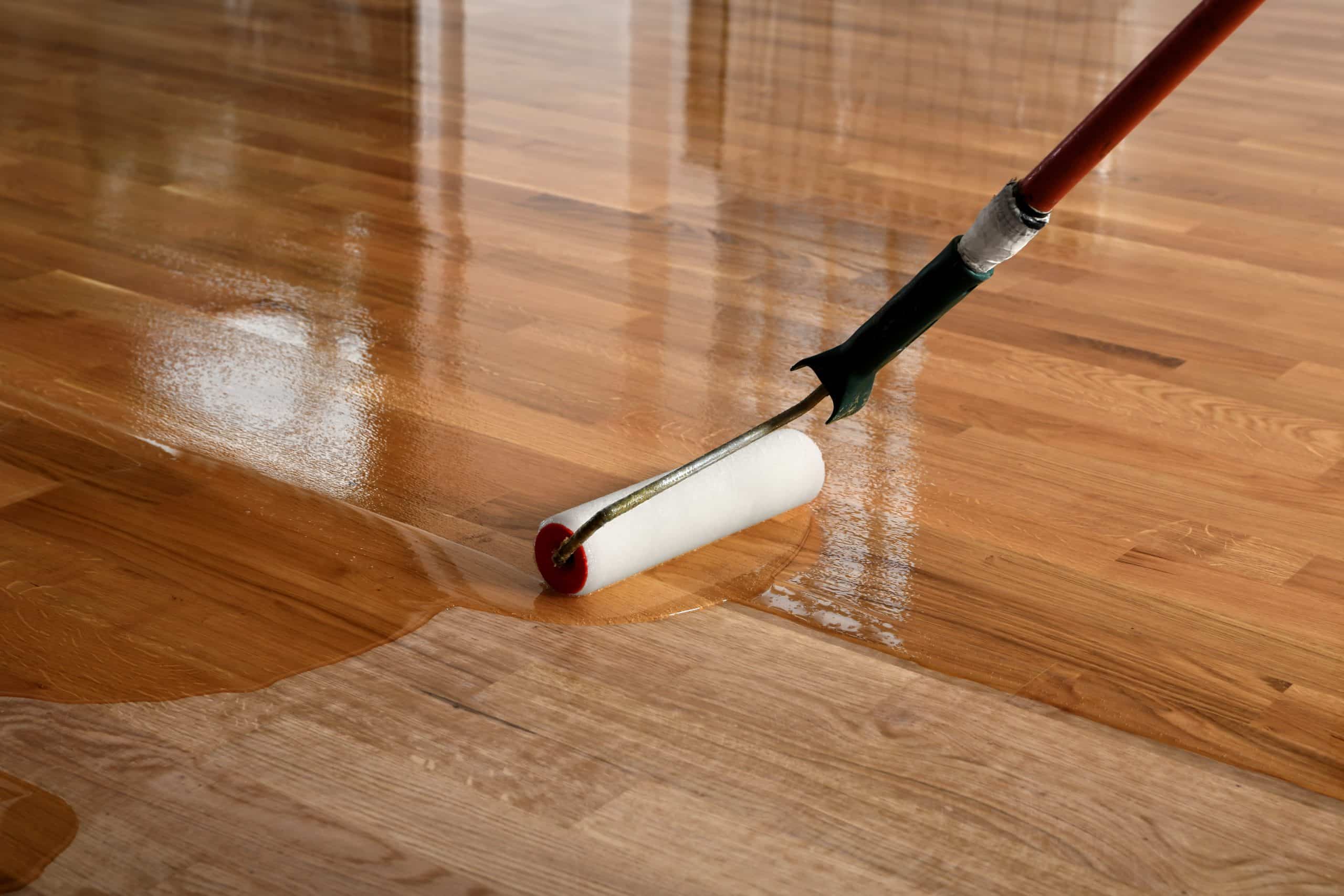
Some Useful Links:
Conclusion Sanding wooden floors is an essential part of maintaining their beauty and durability. By taking the necessary precautions, choosing the right equipment, and using proper sanding techniques, you can prevent the dust from spreading throughout your home during the sanding process. Thorough cleaning and regular maintenance will ensure your wooden floors remain in excellent condition for years to come.More from our Blog:
Top 9 Advices for Wood Floor Sanding & Finishing For Achieving a Flawless, Durable Surface Top 10 FAQ: About Floor Sanding & Varnishing for Stunning Floors Disadvantages of Laminate Wood Flooring: Key Drawbacks Master Wood Floor Sanding & Finishing: Expert Tips for Flawless Results
Sanding
We provide virtually dust-free sanding with our continuous belt machinery with mobile extraction units, giving you a safer environment for your family.
Oiling
This organic finish not only adds beauty to your home but also has exceptional water-repellent characteristics, making it easier to clean and maintain.
Waxing
This natural floor finish offers the softest and most mellow appearance – and leaves your floor able to breath.
Buffing
Using soft buffing machines (and hand-polishing where required) will bring a wonderful sheen to your newly-finished floor.
Repairs
We offer a full assessment of your wooden floors to determine what repairs are needed to provide the perfect working surface for the later stages of sanding, staining and sealing.
Restoration
We offer a comprehensive restoration process designed to address floors that are improperly fitted or damaged over time through wear and tear.
Request a fixed price quote for your wood floor restoration now
Simply enter your postcode below to get started.
Services
Wood Floor Sanding Wood Floor Restoration Wood Floor Scratch Repair Squeaky Wood Floor Repair Parquet Floor Sanding Parquet Floor Restoration Commercial Floor Sanding Church Floor Sanding Community Centre Floor Sanding School Floor Sanding Gap Filling Gap Filling with ResinCopyright © Mr Sander®
Privacy & Cookies Terms & Conditions Complaints Procedure Cancellation Rights Sitemap
